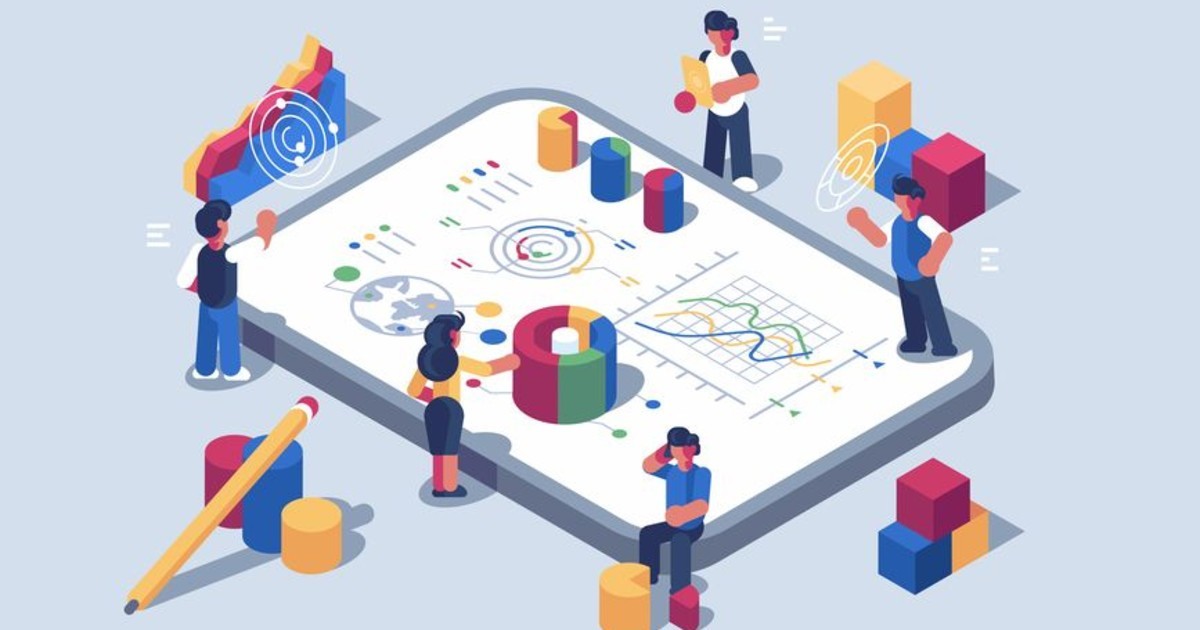Have you ever wondered how some companies seem to always hit the mark with their marketing campaigns? The secret sauce often lies in their use of campaign analytics tools. These tools are like the compass for your marketing ship, guiding you through the stormy seas of data to find the treasure trove of insights that can lead to success.
What are Campaign Analytics Tools?

Campaign analytics tools are software applications designed to collect, measure, and analyze data from your marketing campaigns. They help you understand what’s working, what’s not, and how you can optimize your efforts for better results.
Importance of Campaign Analytics Tools
In today’s data-driven world, relying on gut feelings and guesswork just won’t cut it. Campaign analytics tools provide the hard facts and figures that allow you to make informed decisions. Without them, you’re essentially flying blind, hoping for the best.
Understanding Campaign Analytics
1. Definition and Scope
Campaign analytics encompasses the processes and technologies used to measure the performance of marketing campaigns. This includes tracking metrics such as click-through rates, conversion rates, and customer engagement.
2. Key Metrics to Track
Some of the most critical metrics include:
- Impressions: How many times your ad is shown.
- Click-Through Rate (CTR): The percentage of people who click on your ad.
- Conversion Rate: The percentage of visitors who complete a desired action.
- Bounce Rate: The percentage of visitors who leave your site after viewing only one page.
- Return on Investment (ROI): The revenue generated from your campaign relative to the cost.
Types of Campaign Analytics Tools
1. Web Analytics Tools
These tools focus on tracking website performance. Google Analytics is a prime example, offering insights into visitor behavior, traffic sources, and more.
2. Social Media Analytics Tools
Platforms like AIM Insights and Sprout Social provide detailed reports on your social media activities, helping you gauge engagement and reach.
3. Email Marketing Analytics Tools
Tools such as Mailchimp and Constant Contact analyze your email campaigns, tracking metrics like open rates, click-through rates, and conversions.
4. PPC Campaign Analytics Tools
Google Ads and SEMrush are popular choices for tracking pay-per-click campaigns, providing insights into ad performance, keyword effectiveness, and budget management.
Top Campaign Analytics Tools in 2024
1. Google Analytics
A powerhouse in web analytics, Google Analytics offers a comprehensive suite of tools to track and analyze your website traffic.
2. HubSpot
HubSpot’s all-in-one marketing platform includes robust analytics tools that cover everything from social media to email marketing.
3. SEMrush
SEMrush excels in SEO and PPC analytics, providing in-depth insights into keyword performance, competitor analysis, and more.
4. AIM Insights
For social media management and analytics, AIM Insights offers a wide range of features to track your campaigns across various platforms.
5. Mailchimp
Known for its email marketing capabilities, Mailchimp also provides detailed analytics to help you optimize your email campaigns.
Features to Look for in Campaign Analytics Tools
1. Real-Time Data Tracking
The ability to monitor your campaigns in real time allows you to make immediate adjustments and optimize performance on the fly.
2. Customizable Dashboards
Customizable dashboards let you tailor the data presentation to your specific needs, making it easier to track the metrics that matter most to you.
3. Integration Capabilities
A good analytics tool should seamlessly integrate with your existing marketing stack, including CRM systems, social media platforms, and other marketing tools.
4. User-Friendly Interface
An intuitive, easy-to-navigate interface ensures that you and your team can effectively use the tool without a steep learning curve.
Benefits of Using Campaign Analytics Tools
1. Improved Decision Making
By providing accurate, up-to-date data, analytics tools enable you to make informed decisions that drive better results.
2. Enhanced Targeting and Personalization
Understanding your audience’s behavior allows you to create more targeted and personalized campaigns, leading to higher engagement and conversion rates.
3. Increased ROI
By optimizing your campaigns based on data insights, you can increase your return on investment, ensuring that every dollar spent is working hard for you.
4. Better Understanding of Customer Behavior
Analytics tools give you a deeper understanding of how customers interact with your brand, helping you to refine your strategies and improve customer satisfaction.
How to Choose the Right Campaign Analytics Tool
1. Assessing Your Needs
Start by identifying your specific needs and goals. What metrics are most important to you? What features do you require?
2. Budget Considerations
Consider your budget when selecting an analytics tool. While some tools offer free versions, others may require a significant investment.
3. Ease of Use
Choose a tool that is easy to use and doesn’t require extensive training. This ensures that your team can quickly adopt and make the most of the tool.
4. Customer Support and Resources
Good customer support and a wealth of resources, such as tutorials and forums, can make a big difference in how effectively you can use the tool.
Implementing Campaign Analytics Tools
1. Setting Up Your Tool
Begin by setting up the tool according to your campaign needs. This includes configuring tracking codes, setting up goals, and integrating with other marketing tools.
2. Configuring Metrics and Goals
Define the key metrics and goals you want to track. This could include setting up conversion tracking, creating custom reports, and configuring alerts for important events.
3. Training Your Team
Ensure that your team is properly trained to use the tool. This includes understanding how to generate reports, interpret data, and make data-driven decisions.
Best Practices for Using Campaign Analytics Tools
1. Regular Monitoring and Reporting
Regularly monitor your campaign performance and generate reports to track progress. This allows you to identify trends and make timely adjustments.
2. Analyzing and Interpreting Data
Don’t just collect data—analyze it to uncover insights. Look for patterns, correlations, and anomalies that can inform your strategies.
3. Making Data-Driven Decisions
Use the insights gained from your analytics to make informed decisions. This could involve adjusting your targeting, refining your messaging, or reallocating your budget.
4. Continuously Updating and Optimizing Campaigns
Campaign analytics is an ongoing process. Continuously update and optimize your campaigns based on the data to improve performance over time.
Common Challenges and How to Overcome Them
1. Data Overload
With so much data available, it can be overwhelming to know where to focus. Prioritize the metrics that align with your goals and ignore the rest.
2. Integration Issues
Ensure that your analytics tool integrates seamlessly with your existing systems. If you encounter issues, reach out to customer support for assistance.
3. Keeping Up with Tool Updates
Stay informed about updates and new features for your analytics tools. This ensures that you are leveraging the latest capabilities to improve your campaigns.
4. Ensuring Data Accuracy
Regularly audit your data to ensure accuracy. This includes checking for any discrepancies or errors in tracking and reporting.
Future Trends
1. AI and Machine Learning Integration
AI and machine learning are set to revolutionize campaign analytics, offering predictive insights and automated optimizations.
2. Predictive Analytics
Predictive analytics will enable marketers to forecast campaign performance and make proactive adjustments to improve outcomes.
3. Enhanced Data Privacy and Security
As data privacy concerns continue to grow, analytics tools will place greater emphasis on data security and compliance with regulations.
Conclusion
In the fast-paced world of digital marketing, campaign analytics tools are your best ally. They provide the insights needed to refine your strategies, optimize your efforts, and ultimately achieve your marketing goals. By understanding the different types of tools available, the features to look for, and the best practices for implementation, you can make the most of these powerful resources.
Ready to see the difference campaign analytics can make for your business? Request a demo from AIM Technologies today and discover how our advanced analytics tools can help you unlock your marketing potential.




